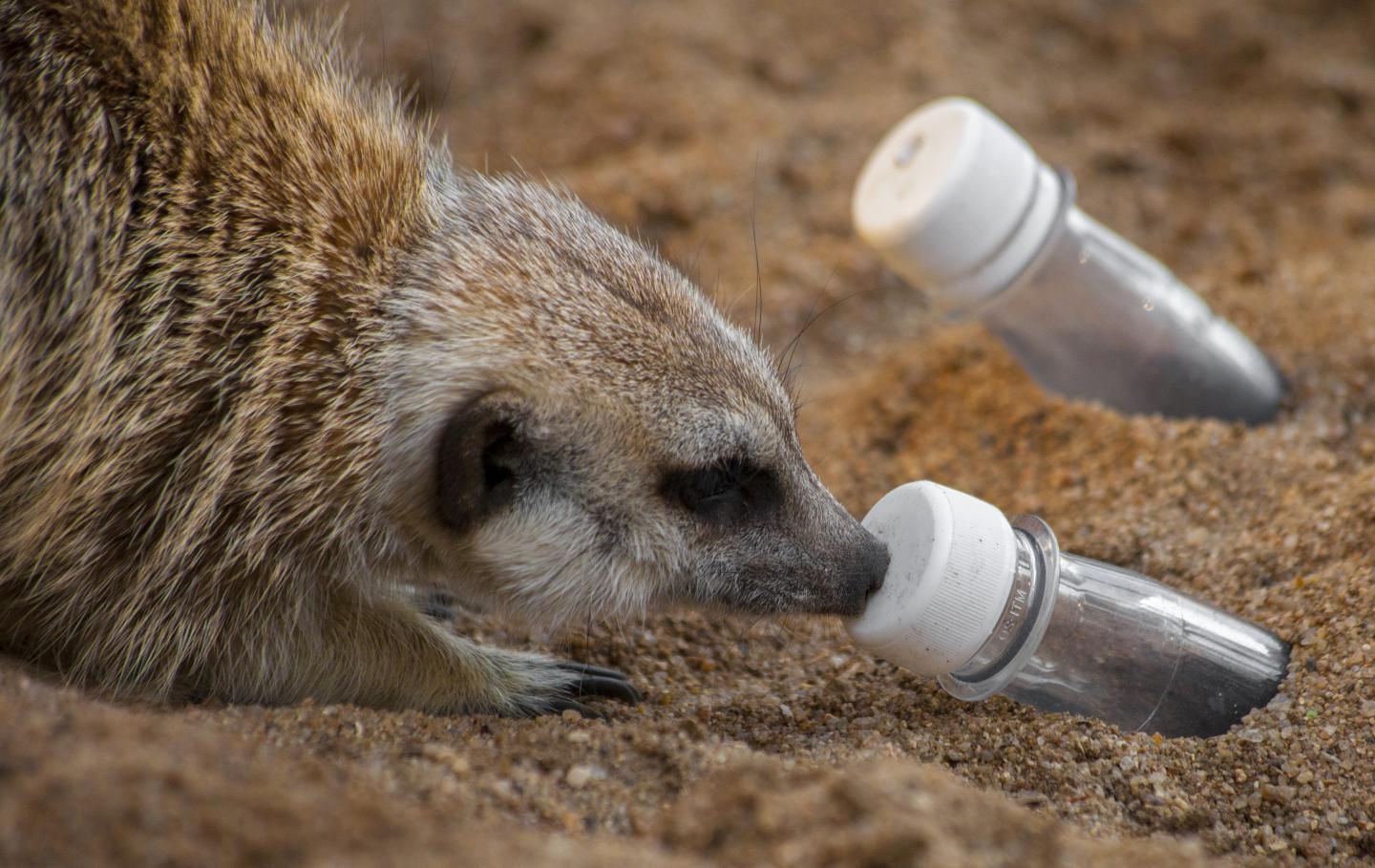
Ambush predators are some of nature's most cunning hunters. These creatures rely on stealth, patience, and surprise to catch their prey. But what makes them so effective? Ambush predators use camouflage to blend into their surroundings, making them nearly invisible. They often remain motionless for long periods, waiting for the perfect moment to strike. This hunting strategy conserves energy and increases their chances of a successful catch. From the silent stalk of a tiger to the sudden lunge of a crocodile, these predators have perfected the art of the ambush. Ready to learn more about these fascinating hunters? Let's dive into 26 intriguing facts about ambush predators!
Key Takeaways:
- Ambush predators are stealthy hunters that use camouflage, patience, and surprise to catch their prey. They can be found in various habitats, from the ocean to the insect world.
- These predators have unique adaptations and hunting techniques, such as lures, mimicry, and silent movement, to excel in their ambush hunting style. They rely on speed, agility, and specialized body parts to capture their prey.
What Are Ambush Predators?
Ambush predators are fascinating creatures that rely on stealth and surprise to catch their prey. They often remain motionless, blending into their surroundings until the perfect moment to strike. Here are some intriguing facts about these stealthy hunters.
-
Ambush predators use camouflage to blend in with their environment. This helps them stay hidden from both prey and potential threats.
-
They have highly developed senses. Many ambush predators possess acute vision, hearing, or smell to detect prey from a distance.
-
Speed and agility are their trademarks. When the moment is right, they can move incredibly fast to capture their prey.
-
Patience is key. These predators can remain still for hours, waiting for the perfect opportunity to strike.
Examples of Ambush Predators
Various animals across different habitats use ambush tactics to hunt. Here are some notable examples.
-
Tigers are classic ambush predators. They rely on their striped fur to blend into the forest and tall grass.
-
Crocodiles and alligators lie in wait near water edges. They can remain submerged for long periods, waiting for unsuspecting prey to come close.
-
Praying mantises use their camouflage to surprise insects. Their front legs are adapted to quickly snatch prey.
-
Leopards often hunt from trees. They use their spotted coats to blend into the foliage and pounce on prey from above.
Hunting Techniques
Ambush predators employ various techniques to catch their prey. Here are some of their strategies.
-
Some use lures to attract prey. Anglerfish, for example, have a bioluminescent lure to attract smaller fish.
-
Others use mimicry. Certain snakes mimic the appearance of harmless creatures to get close to their prey.
-
They often target weak or isolated individuals. This increases their chances of a successful hunt.
-
Many use the element of surprise. By attacking suddenly, they give their prey little time to react.
Adaptations for Ambush Hunting
Ambush predators have evolved unique adaptations to excel in their hunting style. Here are some of these adaptations.
-
Cryptic coloration helps them blend in. This makes it difficult for prey to spot them.
-
Enhanced muscle power for quick bursts of speed. This allows them to capture prey before it can escape.
-
Specialized body parts. For example, the mantis shrimp has powerful claws to strike prey with incredible force.
-
Silent movement. Many ambush predators can move without making noise, further aiding their stealth.
Ambush Predators in the Ocean
The ocean is home to many ambush predators. Here are some examples from the marine world.
-
Great white sharks use stealth and speed. They often attack from below, surprising their prey.
-
Octopuses can change color and texture. This helps them blend into the ocean floor and ambush prey.
-
Moray eels hide in crevices. They wait for fish to swim by before striking with their sharp teeth.
-
Stonefish are masters of disguise. They look like rocks on the ocean floor, making them nearly invisible to prey.
Ambush Predators in the Insect World
Insects also have their share of ambush predators. Here are some examples.
-
Jumping spiders use their excellent vision. They stalk and pounce on unsuspecting insects.
-
Assassin bugs use their long legs to grab prey. They inject a toxin that liquefies the insides of their prey.
-
Dragonfly nymphs are aquatic ambush predators. They use extendable jaws to snatch prey underwater.
-
Trapdoor spiders build hidden burrows. They wait for prey to pass by before leaping out to capture it.
Ambush Predators in the Bird World
Birds can also be ambush predators. Here are some examples from the avian world.
-
Owls use their silent flight. This allows them to swoop down on prey without being heard.
-
Herons stand still in shallow water. They wait for fish or frogs to come close before striking with their sharp beaks.
Final Thoughts on Ambush Predators
Ambush predators are fascinating creatures with unique hunting strategies. From the stealthy jaguar to the camouflaged praying mantis, these animals have evolved to become masters of surprise. Their ability to remain hidden until the perfect moment showcases nature's ingenuity. Understanding these predators not only highlights their role in ecosystems but also underscores the importance of biodiversity. Each species, whether a crocodile lurking in the water or a spider weaving its web, plays a crucial part in maintaining balance. Observing their behaviors can teach us about patience, precision, and the intricate web of life. So next time you spot a lion in the grass or a frog blending into its surroundings, remember the incredible adaptations that make ambush predators true marvels of the animal kingdom.
Frequently Asked Questions
Was this page helpful?
Our commitment to delivering trustworthy and engaging content is at the heart of what we do. Each fact on our site is contributed by real users like you, bringing a wealth of diverse insights and information. To ensure the highest standards of accuracy and reliability, our dedicated editors meticulously review each submission. This process guarantees that the facts we share are not only fascinating but also credible. Trust in our commitment to quality and authenticity as you explore and learn with us.


